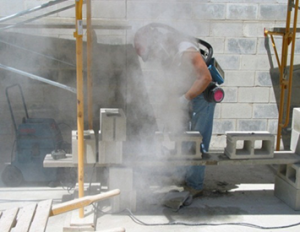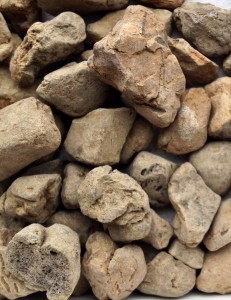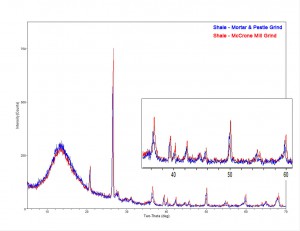We will be exhibiting at this year’s American Association of Petroleum Geologists Annual Conference and Exhibition (AAPG ACE 2015) in Denver, CO from May 31-June 3.
Stop by our Booth #2152, speak to our team of experts, and check out video demos of what is happening at Texray. We will be handing out gifts and hosting a contest for some great prizes.
We look forward to seeing you there. If you are interested in attending but have not registered, Contact Us on how you can get a FREE Exhibit Registration.




